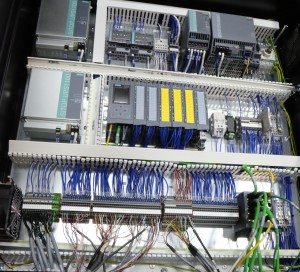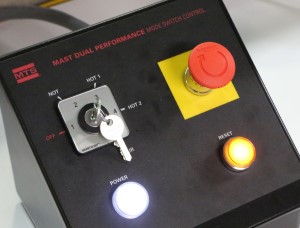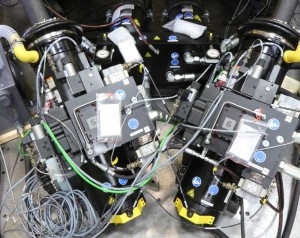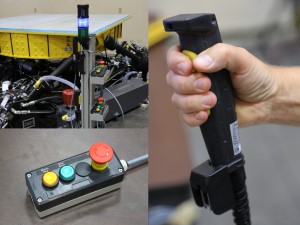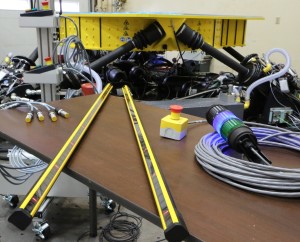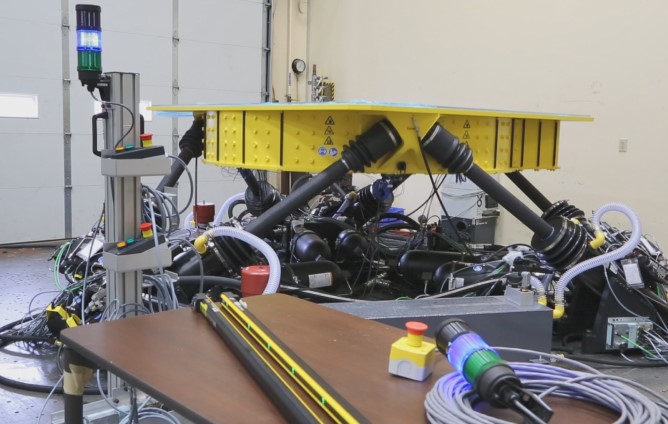Electric and autonomous vehicles are driving an intensified focus on occupant ride comfort, prompting increased global need for human-rated, 6DOF vibration simulation capabilities. To help OEMs and suppliers meet these evolving demands with optimal efficiency, the new 353.20 DM (Dual Mode) MAST System delivers an expanded application range that includes both high-performance durability and NVH testing of components and sub-systems, and safe, compliant occupants-on-the-table ride comfort evaluation.
Charlie Groepper - Senior Systems Engineer explores how the new 353.20DM MAST integrates advanced MTS Safety PLC technology, new hydromechanical manifolds, an array of human interfaces, and test space monitoring devices to enable safe and efficient switching between full-performance durability and NVH testing and reduced-performance ride comfort evaluation with up to two human occupants riding on the table.
Available via turnkey system or 353.20 field upgrade, MTS Dual Mode MAST technology is purpose-engineered for conducting human-rated vibration simulation that complies fully with ISO 13090-1 and ISO 2631-1.
